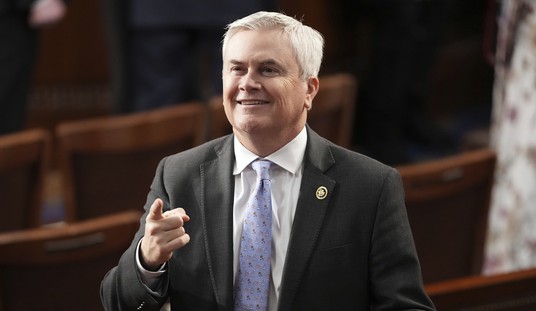Editor's note: This piece was authored by Cooper Conway and McKenzie Richards.
After the pandemic lockdowns, it seemed schools and their employees would do anything to stay open. But recent school closures due to strikes in large California school districts show that the traditional public education system is not prioritizing students' academic and social well-being.
In March, two Los Angeles-based K-12 employee unions, in solidarity, closed Los Angeles Unified schools for three days when the district rejected the service employees union's demands which included a 30 percent pay increase. Eventually, a tentative agreement was reached that gave service employees in the school district their 30 percent raise and allowed the teachers union to continue negotiating their own new deal. Just last week, 88 percent of the Oakland Education Association members who are employees in the school district authorized a strike to shut down Oakland Unified Schools. The strike started May 4th and will continue for the foreseeable future if the district does not meet its demands, which include a 23 percent pay raise, installation of drought-resistant shrubbery, and many other wants laid out in a 7-page common goods list.
In both cases, the unions deliberately excluded students and their families from these negotiations, but that's no surprise. The public education system has rewarded unions that dispossessed students of academic instruction and services for years. Unless state legislators make education choice options available for Californians, many students will continue to suffer from the union's manipulation of the system.
Over the past thirty years, there have been 75 work stoppages by K-12 public employees, with a third of those strikes occurring in the last five years. The uptick in strikes is primarily due to what Derrell Bradford, the President of 50CAN, calls a "Rolling National Teacher Strike," where the K-12 public sector unions have consistently been rewarded for closing down schools.
Recommended
For example, in January 2019, the United Teachers of Los Angeles went on strike for an entire week. The district responded by giving the union a six percent pay increase and smaller class sizes. A similar story happened this past March when that same union joined the local K-12 service employees union in closing schools down for another three days. Following the strike, the union used students' learning as a bargaining chip to allow them to receive a 21 percent pay raise over the next three years without giving any assurance the union would not close schools again shortly.
But more school closures are the last thing any Californian student needs. During the Covid-19 pandemic, California closed its schools for a significantly longer period of time than many other states nationwide, and students are still experiencing the harm from these overextended school closures, both socially and academically.
For instance, California's fourth graders experienced a learning loss worth nearly six years of gains in Math and English Language proficiency. School closures also create fundamental dilemmas for working parents, many of whom struggle to get by in the current economic climate, as parents cannot afford to take unpaid leave or be forced to underwrite the union's strike with PTO. Still, despite leaving families high and dry, these unions have been rewarded with millions of dollars of compensation and new legislation at the state level to potentially increase teacher salaries by fifty percent over the next seven years.
Nonetheless, these strikes have resulted in many students leaving public schools permanently in favor of learning pods, private schools, microschool, and other alternative learning models. For many families sick of routinely being subjected to the whims of K-12 employee unions, alternative education models free of union interests offer more reliability and educational stability. But all too often, these options are financially out of reach. Wealthier families can usually choose the best education option for their students — whether by living in a nicer neighborhood with better public schools or paying out of pocket for private education. However, the same cannot be said for students from lower-income families who can't always afford private education.
Education Saving Accounts (ESAs) can level the playing field by giving all families access to a sum of per-pupil spending designated for their child's education — in California, that's nearly $17,000 a year as of 2020. ESAs are the gold standard of education choice legislation, granting families the necessary funds to provide for their child's unique educational needs, including school tuition, private tutoring, special needs therapies, or trade skills. Moreover, a recent Georgia Public Policy Foundation study found that ESAs result in "higher lifetime earnings and increased academic achievement."
California currently lacks an ESA or any private school choice legislation. State legislators must propose and pass an ESA in the next legislative session to give students and their families a fighting chance. If they do, all California students stand to benefit as each student, no matter their background, can finally escape the union's grasp.
McKenzie Richards is a policy associate at the Pacific Research Institute and a contributor at Young Voices. She is co-author of the book The Great Parent Revolt. Follow her on Twitter @McK_Richards.
Cooper Conway is a Scholar-in-Residence at the Student Award Center and a contributor at Young Voices, where he focuses on education reform. Follow him on Twitter @CooperConway1.

























Join the conversation as a VIP Member